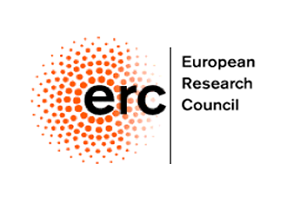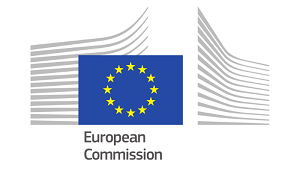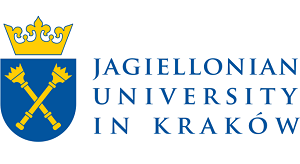We greatly acknowledge the support of the research in our laboratory by






 Widok zawartości stron
Widok zawartości stron
Widok zawartości stron
Widok zawartości stron
 Nawigacja okruszkowa
Nawigacja okruszkowa
Nawigacja okruszkowa
Nawigacja okruszkowa
 Nawigacja
Nawigacja
Nawigacja
Nawigacja
 Widok zawartości stron
Widok zawartości stron
Widok zawartości stron
Widok zawartości stron
We greatly acknowledge the support of the research in our laboratory by






 Widok zawartości stron
Widok zawartości stron
Widok zawartości stron
Widok zawartości stron

The project is set in the field of molecular magnetism and will be focused on the synthesis and characterization of switchable molecules/ions. Potential application of these molecular switches is the construction of devices for high density memories and ultra-fast information processing implementing quantum algoritms. The coordination complexes that will be studied in our project are mononuclear (Cat)[M(Cn)8] entities (M=Mo, W, Nb, Re) for which the structural and photochemical properties have been well documented for 50 years. Recently, photomagnetic studies have shown that the compound K4[Mo(CN)8]. 2H2O) can undergo a reversible photo-induced transition at low temperature from a diamagnetic to paramagnetic state. Crystallographic studies have shown that these photomagnetic properties are accompanied by unprecedented coordination numer and geometry changes with the release of one of the cyanide ligands. The lower coordination numer stabilizes the paramagnetic entity K4[Mo(CN)7](CN).2H2O. Suprisingly, when the compound is warmed up, the free cyanide recoordinates to the molybdenum ion, demonstrating the reversibility of the proces in the solid states. These results confer on the very original switching properties of this class of compounds. Our project aims to better understand this novel phenomenon, namely a photoinduced decoordination of a cyanide ligand followed by a thermally activated re-coordination in the solid state and spin state switching. Our strategy is based on the extensive investigation of similar complexes. Indeed, the family of compounds (Cat)[M(CN)8] is particularly rich. It is possible to modify the cation by metathesis reactions and to change also the central transition metal ion M. Thus inorganic (alkaline), organic (for example bis(triphenylphosphine)iminium) or even complex cations (as Zn(II)Lx or Co(III)Lx, where L is the organic blocking ligand) can compensate the negative charge of the anion [MIV(CN)8]4- and will be synthesized throughout the implementation of the project. Similarly, the Mo 4+ ion (4d2 ion) can be replaced with the isoelectronic W4+ ion (5d2 ion). Moreover, a heptacoordinated [Molll(CN)7]4 – anion also exists and should show similar or even better behavior (with higher conversion factors and higher relaxation temperature).
In a first part of our project we will study the photomagnetic behavior of all these species obtained in a systematic way. Our experimental studies will be supplemented by theoretical calculations in collaboration with Coen de Graff from the University of Rovira I Virgili (Tarragona, Spain). In the second phase of the project, we will focus on the same photo – induced processes in the solution. The release of cyanide ions is not a new phenomenon in the photochemistry of these complexes, however, until now, photoinduced species have not yet been crystalized and identified unambiguously. The initial theoretical calculations suggest that heptaccyanomolybdate (iV) has a very significant magnetic anisotropy exceeding most of the 3d metal ion complexes. This type of behavior is particularly interesting in molecular magnetism to create magnets at high temperature or even single molecules magnets (SMM) with high blocking temperatures. We will isolate new species of the type [MIV(CN)7]3- via solution photochemistry. In the long term, we are looking to enrich knowledge on photoinduced phenomena in coordination compounds. In particular, we expect photomagnetic responses for the proposed compounds with higher relaxation temperatures as compared to those known in the literature. As a result, the magnetic and optical addressing of the electronic states of these new materials should be possible at temperatures close to ambient conditions. The control of the relaxation temperature criterion is crucial for the construction of devices.